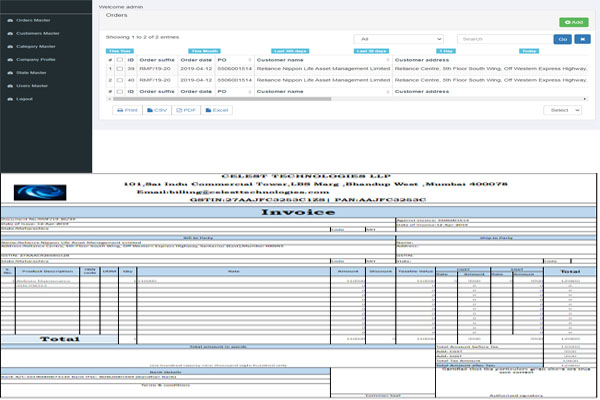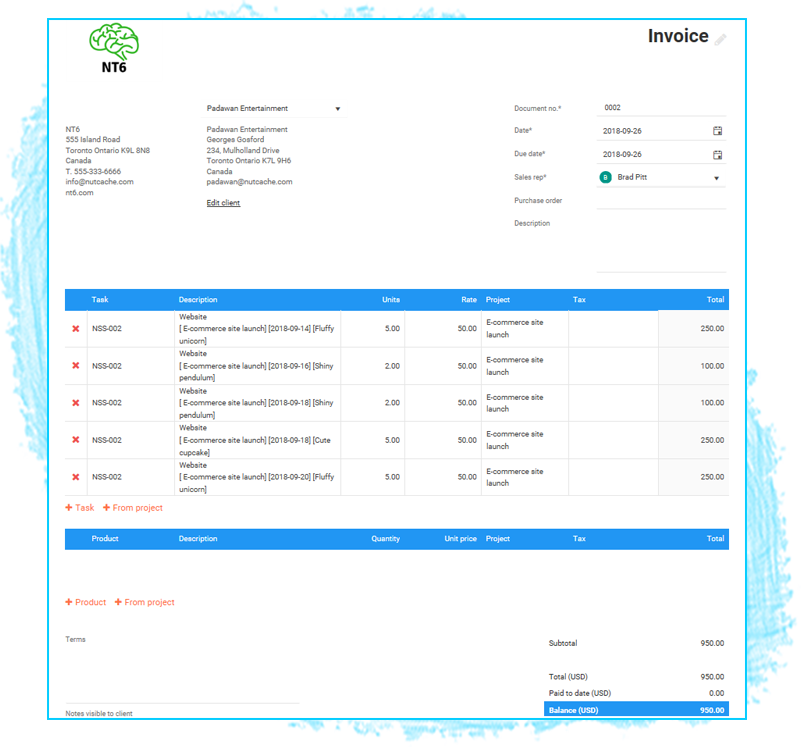
If you’re in healthcare and primarily bill individuals, you might consider creating an email, letter, and a short video with FAQs. This means you shouldn’t just send one update email and call it a day, but provide multiple opportunities for your customers to understand why you’re making the transition. If you’ve decided to go digital, it’s important to bring your clients alongside your thinking. To make the transition process easy and seamlessly onboard your clients, here are some tips to take into consideration.Ĭreate a comprehensive strategy introducing the switch to e-invoicing. After all, if your clients don’t make the switch with you, you’re back to square one. Once you’ve chosen a digital invoice provider, you’re only halfway there. How to Implement Electronic Invoicing Successfully How scalable is the product? Will it be able to match your growth and needs over the upcoming years?īy taking the time to answer these questions, you’ll be able to choose the perfect invoice service provider for your needs.


If you take a photo of a paper invoice or use an app to convert it into a PDF invoice, that isn’t e-invoicing. However, the digitization of paper invoices is not the same thing as e-invoicing. It’s the process of billing your customer digitally or through the Internet, instead of in-person or by mail. Request a Quote E-Invoicing and How it WorksĮlectronic invoicing goes by a few other names, including e-invoicing and digital invoicing. Want to learn more about all things e-invoicing? In this article, we’ll explain what electronic invoicing is (and isn’t), its benefits, and how you can successfully implement an e-invoicing solution. While there’s a growing trend shifting towards e-invoices, industry data shows that on average, accounts payable departments received over a third of their invoices in paper, despite a paper invoice error costing $53.50 to fix. In fact, research shows that the global e-invoicing market was worth $8.74 billion in 2021 and is expected to reach $29.68 billion by 2027.

Over the last several years, electronic invoicing (or e-invoicing) has taken the invoice management game to the next level, streamlining workflows and simplifying the entire process. It might have involved printing out physical invoices, mailing them off to a client, and waiting for them to confirm, pay, or send proof of payment. In the past, your invoice process was probably paper-based. From SaaS services to healthcare, numerous businesses need to send out invoices and bills in order to get paid. A key part that any business undertakes is sending out invoices.


 0 kommentar(er)
0 kommentar(er)
